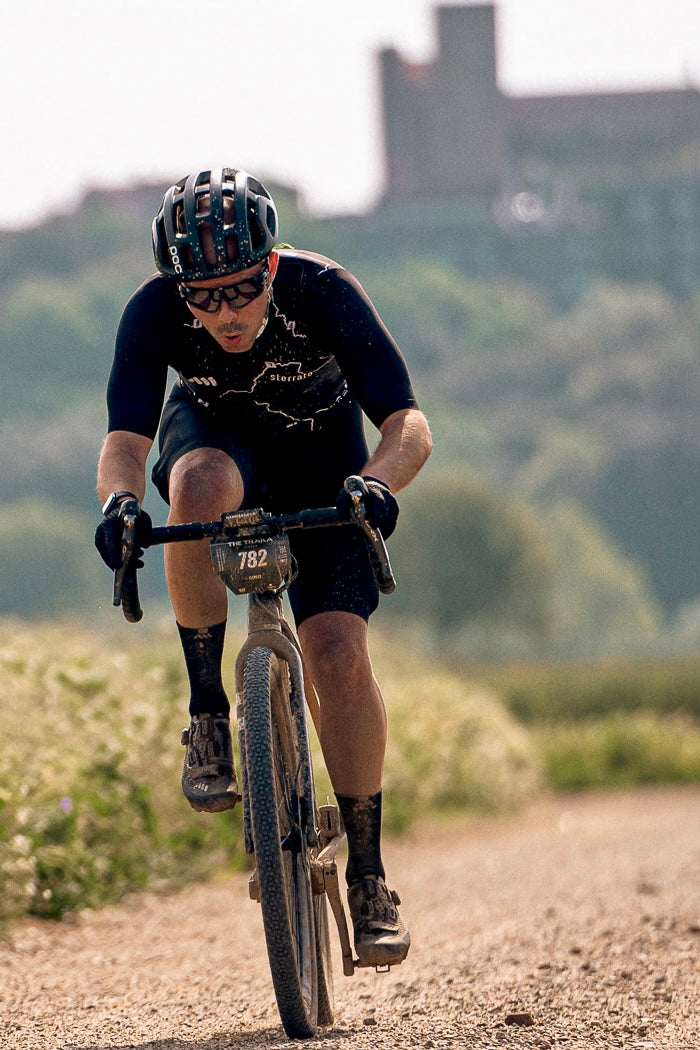Understanding the differences Between Men and Women Bikes
Mountain biking is a thrilling and adventurous sport that is popular among both men and women. Also, it’s worth noting that there are significant differences between men and women bikes. These differences go beyond aesthetics and play a crucial role in providing optimal comfort, control, and performance for the riders.
Frame Design and Geometry
The differences in frame design and geometry cater to specific men and women anatomies and riding styles. Men's bike frames typically have a longer top tube providing a more stretched-out riding position. This accommodates their typically longer torsos and arms, allowing for a comfortable and efficient riding posture.
Additionally, the frame standover size is typically shorter for women allowing for easier mounting and dismounting off the bike.

Handlebars and Grips
Handlebars and grips play a vital role in providing riders with control and comfort on the trails. Men's bike handlebars are typically wider, offering more stability and control. The wider handlebar accommodates their broader shoulders and provides a secure hand position. Moreover, men's bike handlebars have a longer reach, catering to their longer arms and allowing for an extended riding position.
When it comes to handlebar grips, they often feature a larger diameter for men in order to to accommodate a larger hand size. It is important to size the grips properly to avoid hand pain and discomfort while riding. At AMS we offer a wide selection of high performing bike grips to suit your riding style and individual preferences.
Saddle and Seat Post
Men's bike saddles are typically designed with a narrower width to match the spacing of their sit bones. The narrower width provides a supportive platform and reduces friction during pedaling. Additionally, men's seat posts are often longer and are able to accommodate a greater range of riding positions.
In contrast, women's bike saddles are designed with a wider width to provide proper support for their wider sit bone spacing. The wider width ensures optimal weight distribution and reduces pressure points. A women's bike seat post tends to be shorter in length to accommodate a more upright riding position.
Crankset and Pedals
The crankset and pedals of a mountain bike also differ between men and women models to suit their unique anatomical characteristics and riding mechanics. Men's bike cranksets generally feature longer crank arms, providing more leverage for power transfer.
Additionally, men's bike cranksets often have a wider Q-factor, which is the distance between the pedals. The wider Q-factor accommodates their broader hips and ensures a more natural alignment of the legs during pedaling.
Factors Influencing the Differences
There are a variety of factors influencing the differences between men and women bikes. First, there are average height and leg length differences between men and women. Men, on average, tend to have longer torsos and arms, requiring bikes with longer top tubes to accommodate their body proportions. Women, on the other hand, typically have shorter torsos and arms, requiring bikes with shorter top tubes for a proper fit.
Other anatomical factors influence the width and shape of the saddle, as well as the overall geometry of the bike frame, in order to ensure comfort and proper weight distribution for each gender.
How to Choose the Right Bike
When selecting a mountain bike, it's essential to consider individual needs and preferences. Understanding your riding style, terrain preferences, and intended use of the bike will help you narrow down your options. Is not the same a bike for a tall rider than a plus-sized rider.

Additionally, a professional bike fitting is highly recommended to ensure the bike's geometry matches your body proportions and provides an optimal riding experience. Also, make sure to visit our mountain bike fit guide on how to properly size your bike complete with sizing charts and advice from AMS professionals.
Conclusion
In conclusion, understanding the differences between men's and women's mountain bikes is essential for a comfortable and enjoyable riding experience. The distinct frame design and geometry, handlebars and grips, saddle and seat post, and crankset and pedals cater to the anatomical and physiological differences between men and women, ensuring optimal performance and comfort.
By considering factors such as individual needs and preferences, getting a professional bike fitting, and testing out different models, you can find the perfect mountain bike that suits your unique requirements. Remember, a well-fitted bike not only enhances your performance but also promotes safety and prevents potential discomfort or injury.
So, whether you're a man or a woman, embrace the distinctions and choose a mountain bike that empowers you to conquer the trails with confidence and joy. Happy riding!













